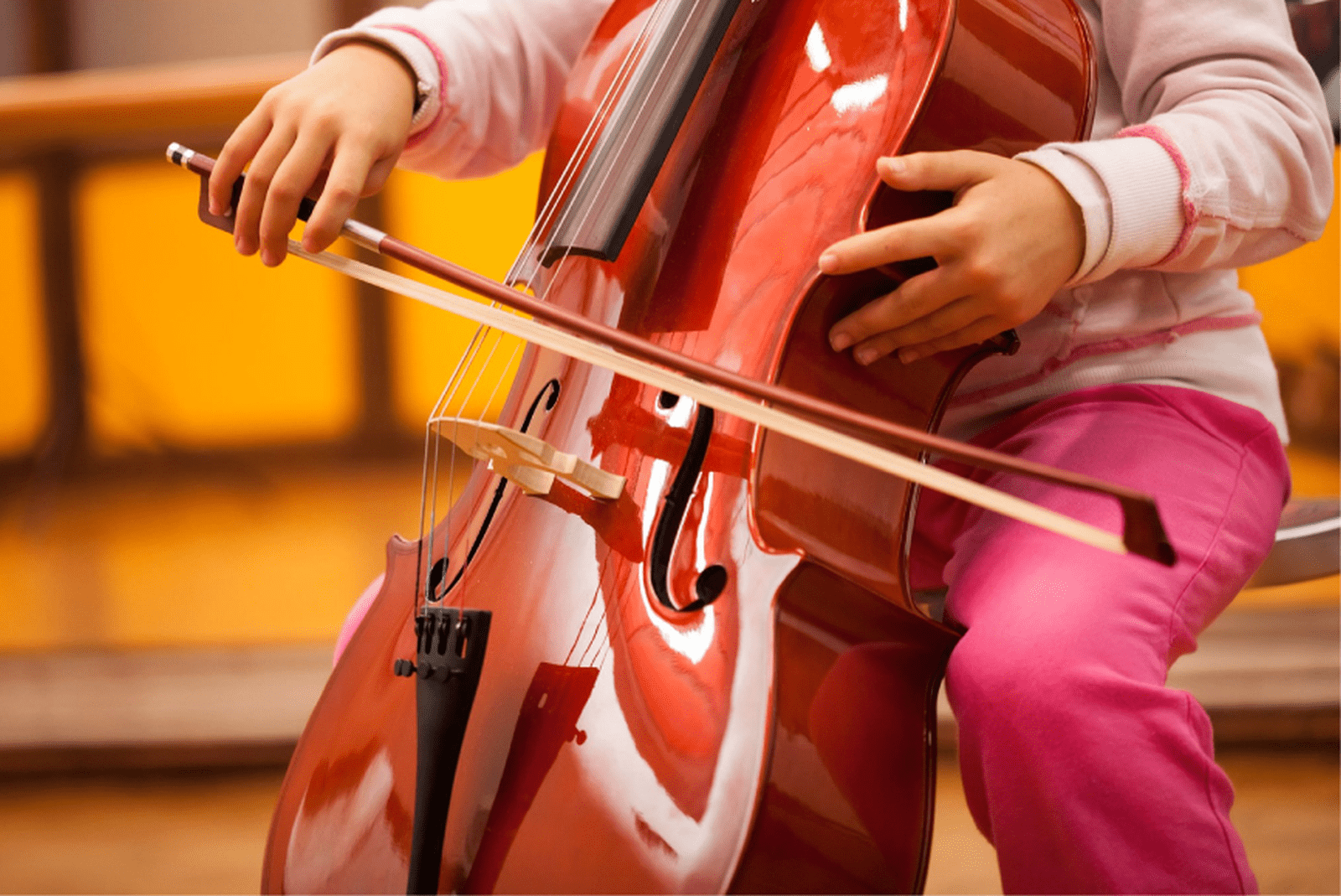Choosing Your First Cello: Tips for Beginners
16 May 2023
Choosing your first cello is a significant and responsible step for beginner musicians and their parents. This instrument will not only accompany your child throughout their learning journey but can also greatly influence their musical development. In this article, we'll provide tips to help you select the perfect cello for beginners, ensuring a comfortable and enjoyable learning experience.
1. Determine the Cello Size
For children and beginners, choosing the right size cello is crucial. Cellos come in various sizes, and selecting the correct one depends on your child's height and age. Here are the main sizes:
- 1/8 or 1/4: Suitable for very young children (typically up to 6 years old).
- 1/2: Appropriate for middle-aged children (around 7-9 years old).
- 3/4: Usually for older children (10-12 years old).
- 4/4: Standard size for teenagers and adults.
Many online art schools and cello lessons can help you determine the right size cello for your child to ensure comfort and ease of use.
2. Check the Quality of the Instrument
The quality of the cello is essential for a comfortable learning experience. Consider the following aspects:
- Materials: Choose cellos made from high-quality wood, such as spruce for the top and maple for the sides and back. These materials ensure a good sound and durability of the instrument.
- Manufacturer: Reputable brands and manufacturers often guarantee high quality. If possible, opt for instruments from trusted brands like Yamaha, Stentor, or Eastman.
3. Assess Comfort and Setup
Comfort and proper setup are key factors when choosing a cello:
- Comfort: Ensure that the cello is comfortable to hold and easy for your child to manage. The instrument should be well-set and not cause discomfort.
- Setup: Check that the cello is properly set up and easy to tune. An incorrectly set-up instrument can make learning more difficult and less enjoyable.
4. Seek Professional Advice and Consultations
When selecting the first cello, it's wise to seek help from professionals:
- Cello Lessons: Enroll in cello lessons to get recommendations from an experienced teacher. This will ensure the cello is suitable for learning.
- Online Art Schools and Cello Lessons: Utilize resources from online art schools and cello lessons to get advice on choosing and maintaining a cello.
5. New vs. Used Instruments
Decide whether you want to buy a new or used cello:
- New Cellos: Usually come with a better warranty and support. A new instrument provides a more reliable and stable start to learning.
- Used Cellos: Can be more budget-friendly, but it’s essential to check their condition. Ensure that the instrument is in good shape and has been inspected by a specialist.
6. Additional Accessories
Don’t forget about accessories that might be needed:
- Case: Protects the cello from damage and provides convenience for transport.
- Bow: A quality bow is crucial for producing a good sound. Ensure it is suitable for the chosen instrument.
- Endpin: Provides proper positioning of the cello and comfort during play.
7. Budget
Set a budget and try to choose an instrument that fits your financial constraints while maintaining quality. A good instrument can be a better investment in the long run compared to a cheaper one that may quickly become problematic.
Conclusion
Choosing your first cello is not just a purchase; it’s an important step in your child’s musical journey. The right size, quality, comfort, and professional guidance will help make learning the cello enjoyable and successful. Utilize online lessons, art schools, and teacher consultations to select the perfect cello for your budding musician. May this instrument become a faithful companion on the path to musical achievements and joy.




